Many shades of mahogany is how I would describe my skin color. Millions of people from the Indian subcontinent would describe their skin similarly. We Indians have a complicated relationship with color. We come from a land that celebrates myriad colors in our textiles, food, architecture, art – pretty much any and all materials. Except for our skin. Many Indians have deep prejudices about skin color, with lighter skin being preferred. My brother is darker than I am; he was a target of verbal jibes throughout his childhood. In India, there is a booming market for skin-whitening creams, far more than Coca-Cola and tea. This national obsession with lighter skin could be a legacy of our history of foreign aggression by lighter-skinned invaders for thousands of years. Thus, power, privilege, and beauty is and has been deeply associated with lighter complexions.
India – a country that struggled with years of oppressive rule of British imperialism, as well as our ancestors in the not-so-distant past treated as second-class citizens at best, robbed of natural resources and immense wealth – is only now recovering and emerging out of its traumatic past. India is mind-boggling in its diversity of human experiences with deep divisions of caste and religion. Thus, I come from a land that has been oppressed and has been the oppressor.
One may ask, how is this related to what is happening now in the United States and the world over? Racism and oppression is on a spectrum, ranging from openly expressed (and thus acted upon) hate and mistrust of another, to a subtler, deeper prejudice and bias about someone who is from a different racial or ethnic background. Now, in the United States, we are in the middle of a social revolution, a global upheaval from a dominant, white-supremacist culture. As Rev. Angel Kyodo Williams asserts in the brilliant book Radical Dharma, “Every institution, every organization, every culture, every community, every belief system, every frame of mind we currently have that organizes itself and operates within the social order…compel us all to believe that Whites are better than Blacks, and Blacks are worse than anyone.” For centuries, our Black siblings bare scars and wounds of the hideous crimes of slavery, causing indescribable grief and inter-generational trauma. We are in the eye of a stormy uprising of these voices now. It has been a long time in the making, a long, bloody time.
Racism is on a continuum; it is nuanced and insidious. As people of color and immigrants, many of us have experienced many acts of microaggressions, stereotyping, and racist comments. Coming from what is touted as a “model minority,” I have some Brown privilege, and unpacking this complex framework of privilege and a recipient of immigrant stereotyping, to be an effective ally to those who may need my allyship, is a lifelong commitment. Each of us have our ancestral, communal, familial, personal frameworks that we have to unlearn, learn, and relearn again and again to cause change.
Yoga and social justice work deeply intersect one another. One may ask “But how is this connected to yoga? Isn’t yoga about peace and oneness? How is the revolution for social and racial justice, an extension of our practice?” I believe that the work of social justice is the very essence of our practice itself; our yoga practice is deeply embedded in the world around us. It is a mirror, a microcosm, of the world outside. Our inner lives are connected to the way we move in the world, our relationships with one another, how we practice integrity, speak truth in our work and community around us. We learn this as students of the Yoga Sutras, the yamas and the niyamas. We learn this from the ancient Upanishads. We learn this from the Bhagavad Gita.
The very essence of our practice, the very meaning of our practice, drawn from the root word, yuj is connection.The Chandogya Upanishad says Tat Tvam Asi – Thou Art That; the Self in each person is not different, that we are all inherently Divine. We are all, as a human race, deeply, inextricably, intangibly, and tangibly interconnected with one another, infused with the same spirit, the Brahman. And, yet, in reality right now, this interconnectedness is not manifested at all levels. For nearly a thousand years, there has been a systematic, institutionalized oppression of groups within a society by another dominant group based on race, caste, skin-color, ethnicity, gender, sexual orientation, economic status, causing inequities in access to resources in education, healthcare, employment, housing.
Our practice should not be, and cannot afford to be, oblivious to these divisive systems. We cannot actively and knowingly participate in institutions that cause separation, discrimination, oppression, injustice, and harm to others. How can we attain our goal of knowing our higher selves by ignoring or being in denial of the systemic racism and oppression, of white supremacy perpetuated by the dominant culture?
The call to action for social justice is not new to the Yogi. Yoga, as a word, makes its first appearance in the Bhagavad Gita, the Song of the Divine, taught by Krishna to his friend and student, Arjuna. This word makes its appearance not in an ashram, not in the mountains, not in a palace, but in a battlefield, during a terrible war for justice. The Gita is unique in its message as it succinctly encapsulates how we have to follow our Dharma, our duty, to live and work in the world. It is as much about renunciation as an active call to participate in the world around us. Krishna tells Arjuna that he, as a warrior, has to fight for justice, battle with his family to establish the path of his Dharma, righteousness and justice in their kingdom. It will not be hyperbolic to say that we are in many ways, in a struggle, in a conflict within our communities, in our workplaces and perhaps within our families. The moment calls us as allies, to stand up to those in power, at micro and macro levels and in our own ways.
Yoga has always been beloved by revolutionaries like Swami Vivekananda who said in his rousing oratory during the Nationalist movement in the early-19th-century British occupied India, “Utthishta Jaagruth, Praapya Varaanibodhat” (Arise! Awake! and Stop not till the goal is reached), a call to especially the Indian youth to wake up to their own inner potential to overthrow the mighty British rulers. He was an advocate for the practice of yoga as a tool for the freedom fighters to physically, mentally and spiritually prepare themselves in their active fight for emancipation. The practice of asanas of Hatha Yoga, as we know it now, evolved from Yogis during a violent struggle against British occupation in the 18th century by Yogis in Bengal and North India.
Mahatma Gandhi who studied the Upanishads and the Gita, designed the Satyagraha movement, a peaceful resistance to British oppression, inspired by the collectivistic and interdependent approach espoused by these ancients. This style of resistance has influenced leaders like Dr. King during the Civil Rights Movement and Nelson Mandela in his fight against apartheid in South Africa.
We need, as warriors and workers, to build resilience and stamina, and dare I say, hold each other and ourselves gently with a fierce compassion or we will burn out and cease to be effective. Angela Davis, a luminary of the Civil Rights movement has been a strong proponent of yoga for self-care for activists. As she says, “Anyone who is interested in making change in the world also has to take care of herself, himself, theirselves.” Yoga transforms the practitioner not merely on the physical, but also on visceral, cerebral, and spiritual levels. It is not only asana, and pranayama, and taking care of our physical bodies, but also the yamas and the niyamas which offer us tools for reflecting on the many shades of light and shadows within.
How have we actively or unknowingly perpetuated the oppressive system? If we are white, have we begun to examine our white fragility? If we are non-white, non-black folk, have we reflected on the ways we have internalized oppression and colonial paradigms? Have we in our lives off the mat, or on it, appropriated from another culture or race without honoring the roots, because we could? Have we taken pieces of a culture or a race like music, art, selective travel, and not cared to understand people and their ancestors, their history and grief? How can we lean into many truths on the way power is manifested in a society?
We have to conscientiously and consciously unlearn so we are true and long term allies. These are questions we have to continue to contemplate, get familiar with our implicit bias, and act to cause change within and around. We can actively be agents of change and transform the collective by our choices, by our voices. This will not be easy, this will not be comfortable, this will not be smooth. We may make many mistakes along the way; in fact, we will as a whole and as individuals. We will fumble along the way, for many of us this is an awakening. For a few, this work is not new, and for some, these are deep wounds in the psyche. Yoga offers us radical agency to use our privilege if we have it, by sharpening our discriminative discernment, so we respond to the world around and within with skill and compassion. We, as a collective, need to keep our inner fire, our tapas, ignited for a long time by educating each other on the past and the present, by deeply acknowledging the grievances, trauma, and suffering on macro and micro levels caused by complicit or overt participation, by lifting and supporting BIPOC work and lives in multiple ways, by amplifying and listen to BIPOC educators, national and local when they share, with humility and grace. We are in many ways, walking the talk of yoga when we do this work, so we must. Racism is an inside job, and so is anti-racism.

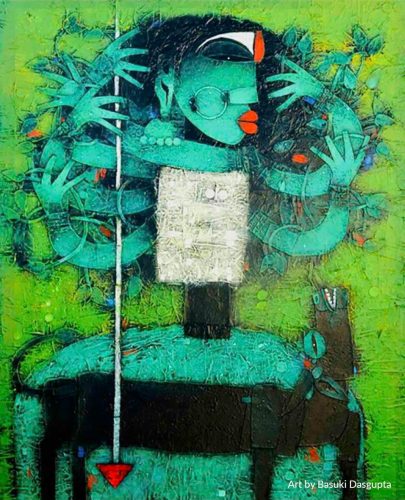







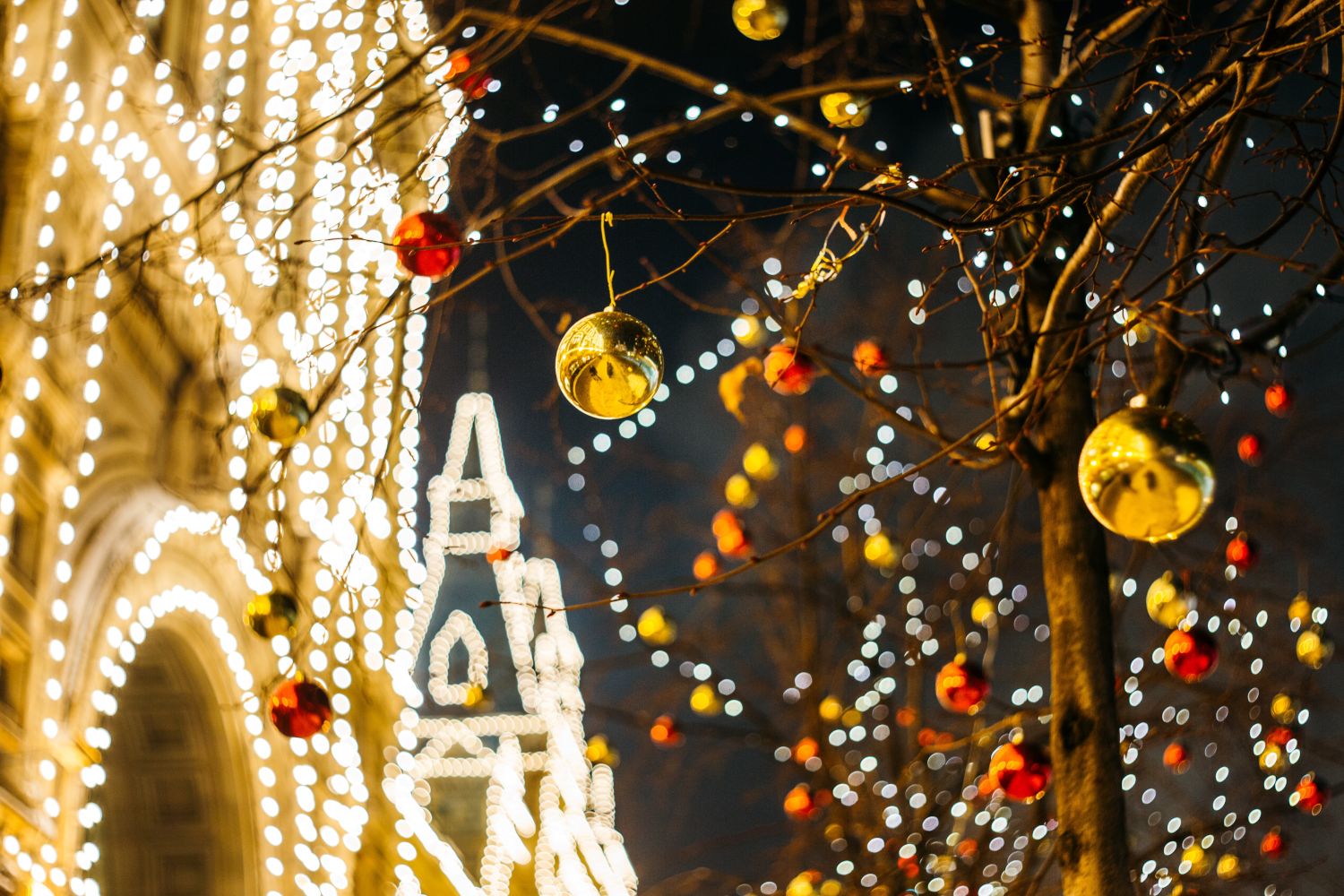

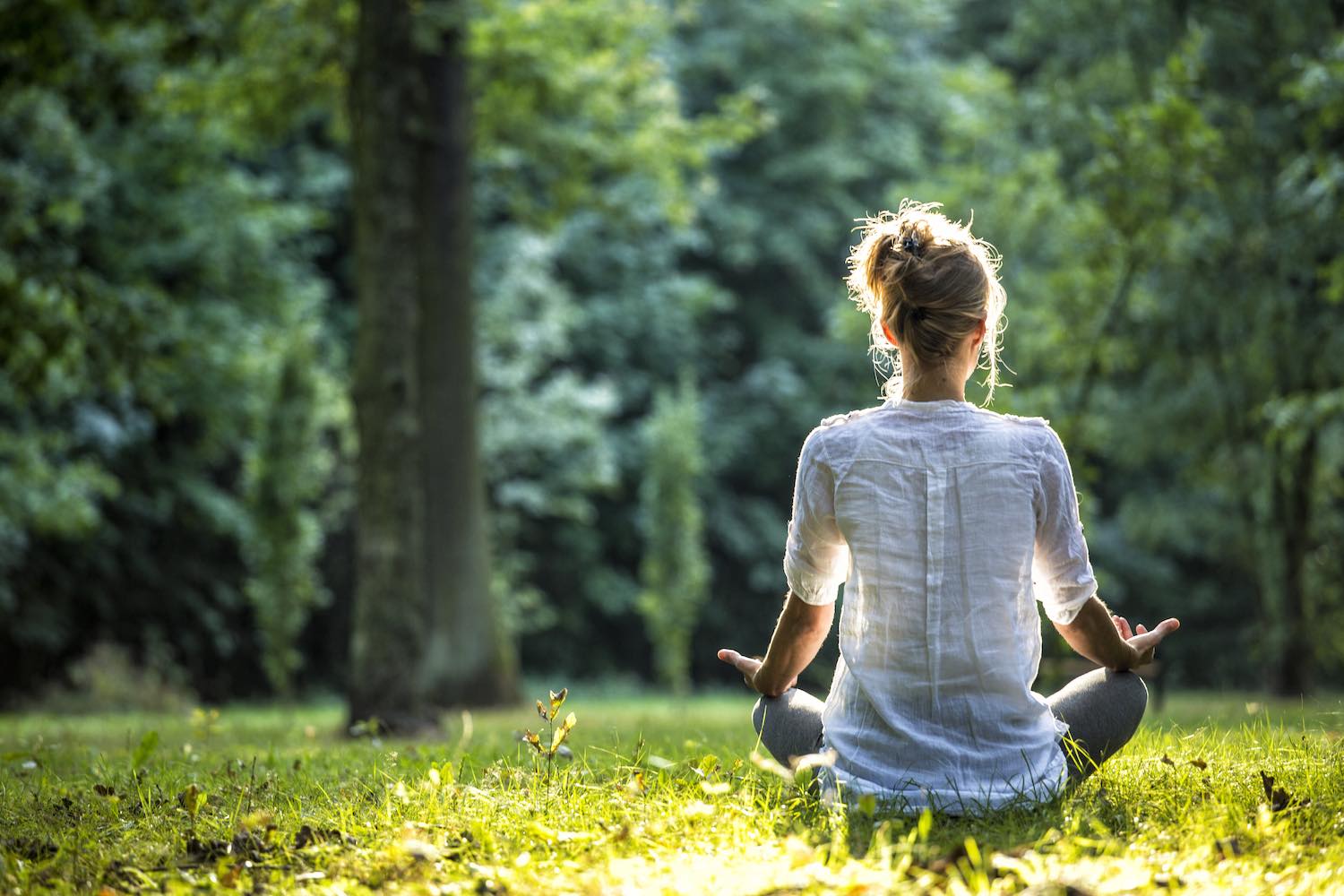
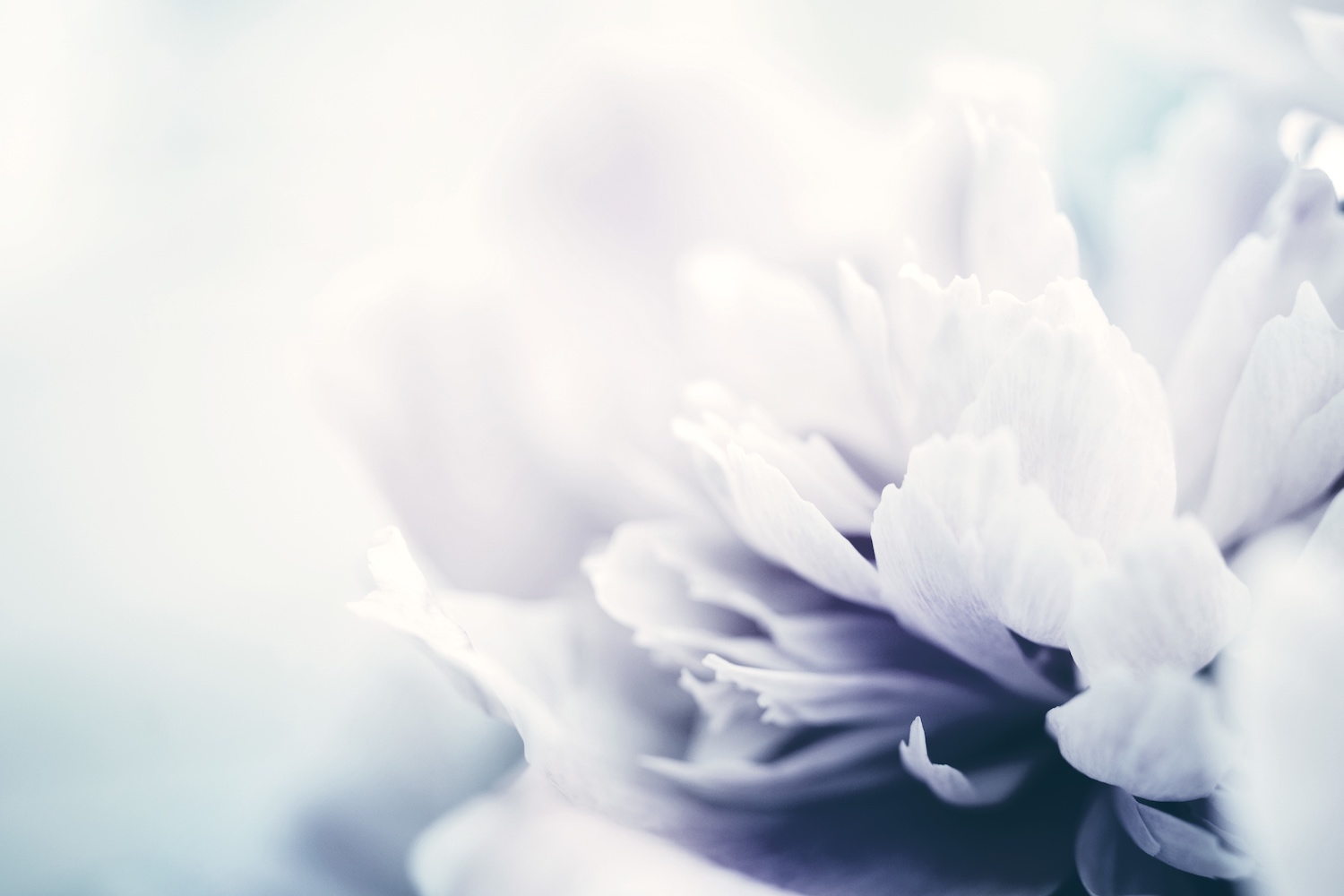
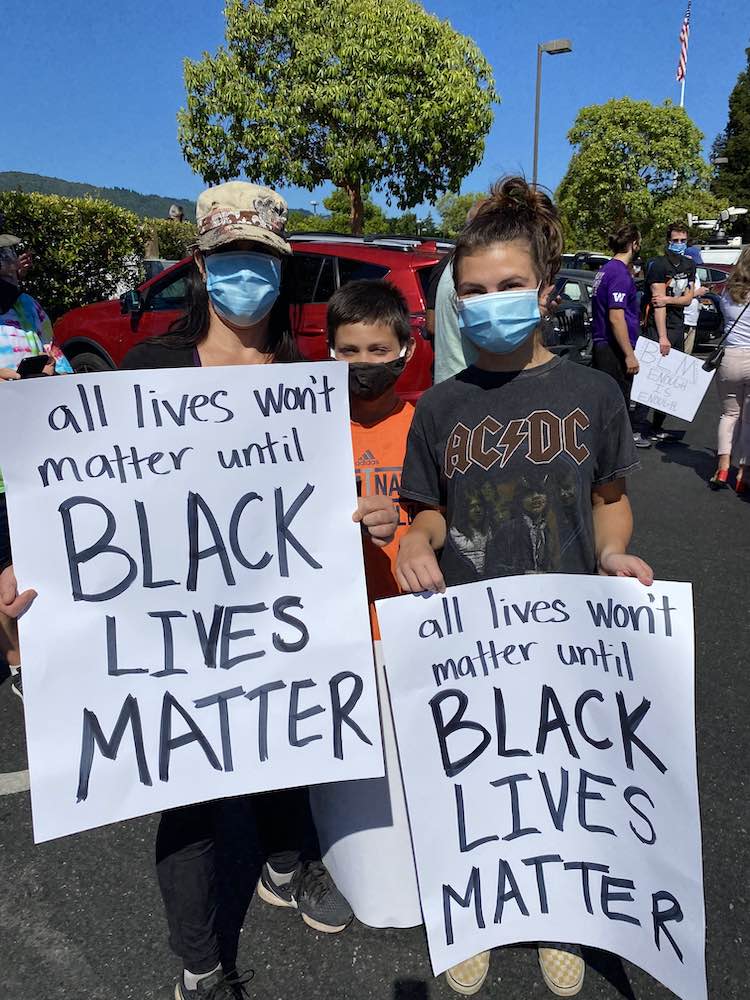

7 replies on “The Intersection of Yoga and Social Justice”
This is so beautiful. As we emerge 4 years later the need for this work is ever present.
Much gratitude.
Beautifully & deeply written!
Thank you so much for writing this article! It pulls together so many things that have been tumbling around in my mind.
I hadn’t thought about Yoga this way before. Well done.
You are a great writer.i loved this interconnection between yoga and racism never thought on those lines. To think of it both are so deeply engraved in our culture and yet so differently practiced. Loved it!
Beautiful!
Very well written Keep writing like this
We are simply proud of you. A L Kamath Meera L Kamath